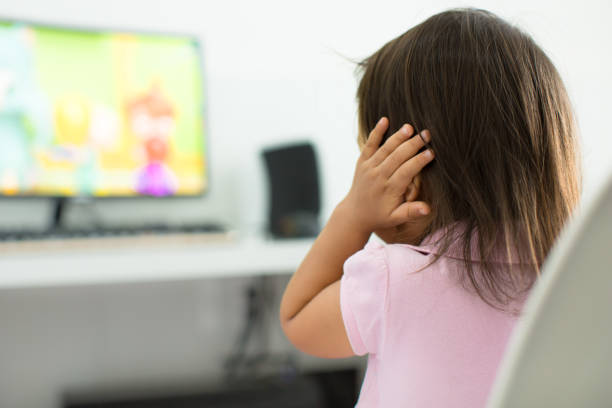What Is
Autism?

Autism is a treatable bio-neurological developmental disability affecting 1 in 44 children. It is the fastest-growing disorder worldwide with a steady growth rate over the last 20 years. Autism is diagnosed four times more often in boys than girls but shows no discernment between race, region, or socioeconomic status.

Autism Spectrum Disorder or ASD is a treatable bio-neurological developmental disability affecting 1 in 44 children.
It is the fastest growing disorder worldwide with a steady growth rate over the last 20 years. Autism is diagnosed four times more often in boys than girls but shows no discernment between race, region, or socioeconomic status.
While the signs of autism can vary and can be unique to each individual, ASD refers to an array of conditions that manifest through difficulties with verbal and non-verbal communication, social skills and play, and repetitive and/or restrictive patterns of behavior.
People with autism typically have difficulty communicating and interacting with the people and environments around them. They often have a narrow scope of interests and may engage in repetitive behaviors. Autism treatment refers to a variety of approaches to help with the deficits commonly associated with autism. The most commonly utilized form of autism treatment is Applied Behavior Analysis or ABA. Many refer to someone with autism as “on the spectrum”. This is due to the wide neurological differences, behavioral differences, and functioning levels that people with autism demonstrate.


ASD has become an umbrella term that encompasses previously recognized diagnoses such as:
What Are The Signs Of Autism?
Each child with autism is unique and can display a wide range of abilities and/or deficits.
However, there are some common signs of autism that many children exhibit:
Children can exhibit these signs of autism from a very young age. Thankfully, autism can be reliably detected and diagnosed as early as 18 months.
Research has shown that children who receive autism therapy at a young age have better treatment outcomes. This makes early identification critically important to a child’s development.
How To Treat Autism

Over the past 35+ years, hundreds of studies have been conducted evaluating the merits of different therapeutic approaches under the umbrella of autism therapy. The results show that Applied Behavior Analysis (ABA) has been demonstrated again and again to be the best practice for treating children with ASD. ABA is endorsed by the US Surgeon General, American Academy of Pediatrics, Center for Disease Control, National Institute of Mental Health, Autism Society of America.

This isn’t to say that other treatments like speech therapy, occupational therapy, and physical therapy are not effective or useful components of a child’s treatment plan. However, those therapies by themselves do not provide the intensity needed for young children on the spectrum to overcome their developmental deficits.
Early Intensive Behavior Intervention
Children who receive early intensive behavior intervention (EIBI) focused on the principles of applied behavior analysis have been shown to outperform their peers who receive less or no therapy. Research has shown that children who receive 30 to 40 hours of ABA therapy every week show the greatest benefit. Around 47% of children who receive 40+ hours of intensive ABA therapy per week achieve normal intellectual functioning, as opposed to 2% of children who only receive 10 hours of ABA a week.